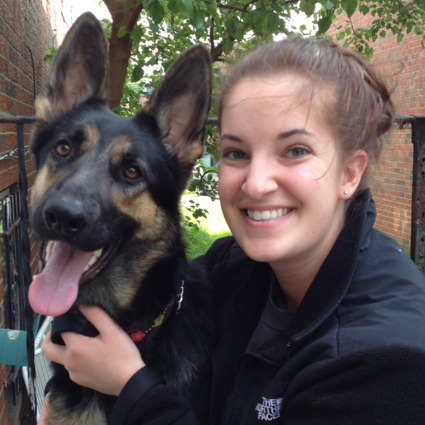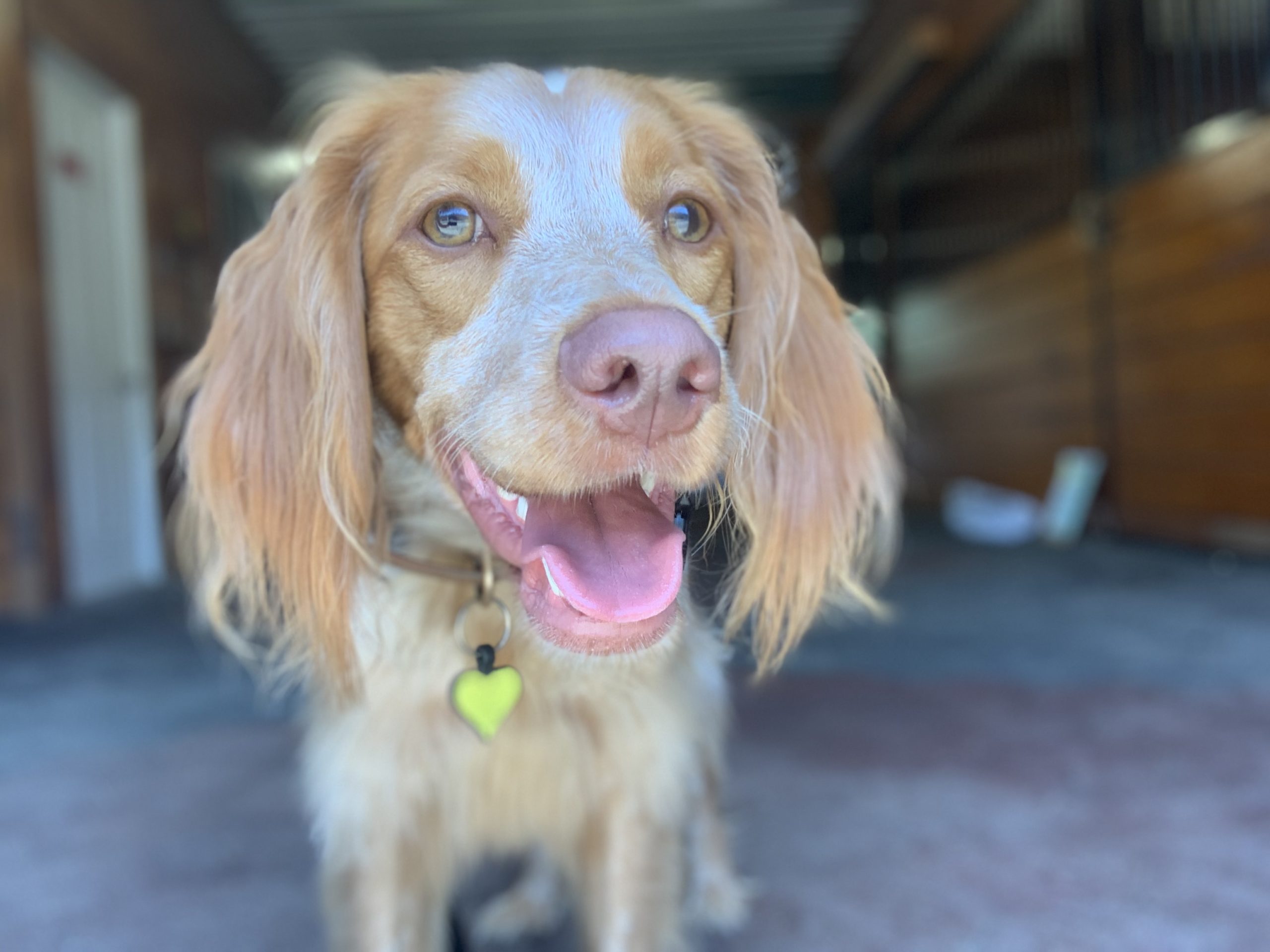No, I’m not talking about the kind of food fight that happens at the school cafeteria, I’m talking about a very common dog behavior issue that many of our clients call us to help.
Last week I got a call from a woman who had recently adopted a dog from the prison program that I work with, New Leash on Life-USA. This woman has two other dogs currently in her house and the relationship between the three dogs had been working out just fine. With one exception . . . when a member of the family dropped a piece of food. If a piece of food fell to the ground, the new dog, Bonnie, would chase the other dog away from it in a very snarly way. What to do, what to do?
First thing first, let’s recognize that dogs have personalities, likes, dislikes, and pet peeves just like us humans. And if I’ve learned anything about dogs over the last 15 years, it’s that food ranks very high on that ‘Likes’ list! Let’s put this into human context. You are walking down the sidewalk. And 25 feet in front of you is a $100 bill. You run to the found money, dreaming of that new pair of shoes that you are going to buy with it! And then you realize, someone else has spotted it too and is running toward it! What do you do now? You can’t tear it in half and split it. . . but you both want it. Maybe you will grab it and run away as fast as you can. Maybe the other person got to it first, but you’ve been working out and feel pretty tough, so you contemplate slapping his hand and grabbing the bill when he drops it. Or you could just shrug your shoulders and concede, letting the other person have the money.
Most times, humans can work this out pretty peacefully. So can our dogs.
How do you know if your dog is working it out peacefully or if you should intervene?
Dogs are experts at giving corrections to each other. Just watch two sibling dogs who have lived together for a long time. You’ll notice a symphony of body language that they use to communicate to each other; from a play bow when they’re feeling frisky, to a freeze and a hard stare out of the corner of their eye if they’ve got a new bone that they don’t want the other to touch, to a loud lunge with growling and snapping if they’re really angry at something.
Fortunately, in most situations, these issues are that of normal communication between dogs and will resolve themselves. But there are some things that you can do to ensure that you are fostering a good relationship between your dogs. Check out the video for some exercises that you can do with your dog to enhance their relationship and teach them impulse control around food.
When is it time for a professional?
If issues over resources are not resolving themselves easily, or you find that one of your dogs is taking things too far and injuring the other dog either physically or emotionally, it’s time to call a Certified Professional Dog Trainer for help! Luckily for you, we know a company that can help you!


